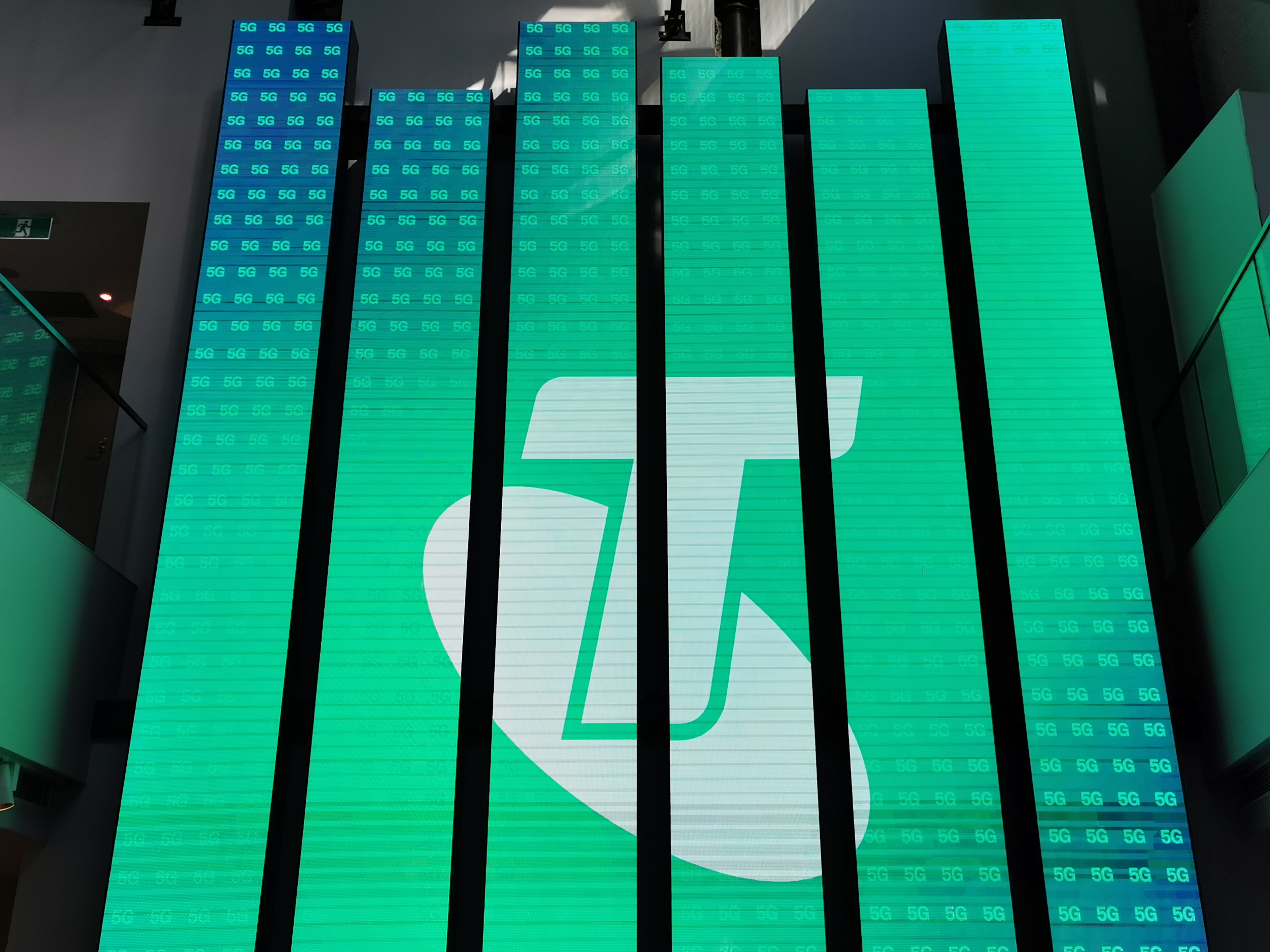The National Broadband Network’s multi-technology mix has long been criticised for delivering high-quality internet to some and poor-quality, 20th century copper connections to everyone else (and worse, some are stuck on satellite and fixed wireless).
The multi-technology mix has been responsible for appalling connection speeds, drop-outs and general customer dissatisfaction to the point that Australia’s consumer watchdog – the ACCC – has been going after providers that sign customers up to fast 100Mbps plans that their connections simply cannot deliver.
In light of this, Telstra has made the decision to cease the sale of high-speed NBN connections to those customers on FTTN, FTTB and FTTC connections. This means that the fastest 100Mbps (and above) plans will be restricted to customers on FTTP (Fibre to the Premises) and HFC (Hybrid fibre/coax) connections.
Everyone else will be stuck with a maximum of 50Mbps plans from Telstra, despite the fact that many FTTB and virtually all FTTC connections are capable of speeds well in excess of that limit.
“We have made a decision to only offer Premium speed (NBN100) on FTTP and HFC for the time being,” said a Telstra spokesperson. “The reason for this is because a number of our customers on FTTN/B/C do not have connections that are capable of achieving 100Mbps.”
In some respects, the decision is unsurprising. The latest ACCC report on NBN performance found that the majority of under-performing services were FTTN. There are significantly fewer connections over FTTB and FTTC with problems. Indeed, our home connection is via FTTC and our line speed is well over 100Mbps (though of course it’s shaped to that speed by our ISP).
However, Telstra wouldn’t know what a customer’s line is capable of until after they sign up. Telstra – like all other NBN providers – can access line diagnostics for their customers, allowing them to determine what speeds can actually be delivered.
Some providers use this to make recommendations to their customers as to the appropriateness of their plans given their connection speed; if you sign up for a 50Mbps plan but your line speed can handle 100Mbps, you may expect to be offered a higher speed. Equally, if you sign up for a 100Mbps plan but your line speed measures at 55Mbps, providers like Aussie Broadband will email you after signup and suggest changing your plan speed.
Why Telstra – one of the largest NBN providers – can’t do a similar thing is the natural question in my mind; why not offer 50Mbps plans at most, and – if a customer’s line can reach / exceed 100Mbps line speed – offer an option to upgrade that plan?
Instead, it’s opted for an easier one-size-fits-all approach, whereby no one gets those fast plan speeds unless they’re in one of the ~ 30% of properties covered by the FTTP or HFC footprints.
If you are:
- an FTTN / FTTB / FTTC
- contemplating Telstra, and
- want plan speeds above 100Mbps
We recommend you consider an alternative ISP that will offer you these speeds and – if your connection can’t handle those speeds – will offer you something more suitable instead of making the decision for you. We recommend Aussie Broadband and Superloop as two great providers.
Just further evidence that the NBN – as built on the multi-technology mix platform – isn’t capable of delivering “fast” speeds to all; if one of our biggest providers has decided not to sell the fastest plans (noting that, in world standards, 100Mbps isn’t actually that fast) that’s a pretty damning indictment.



